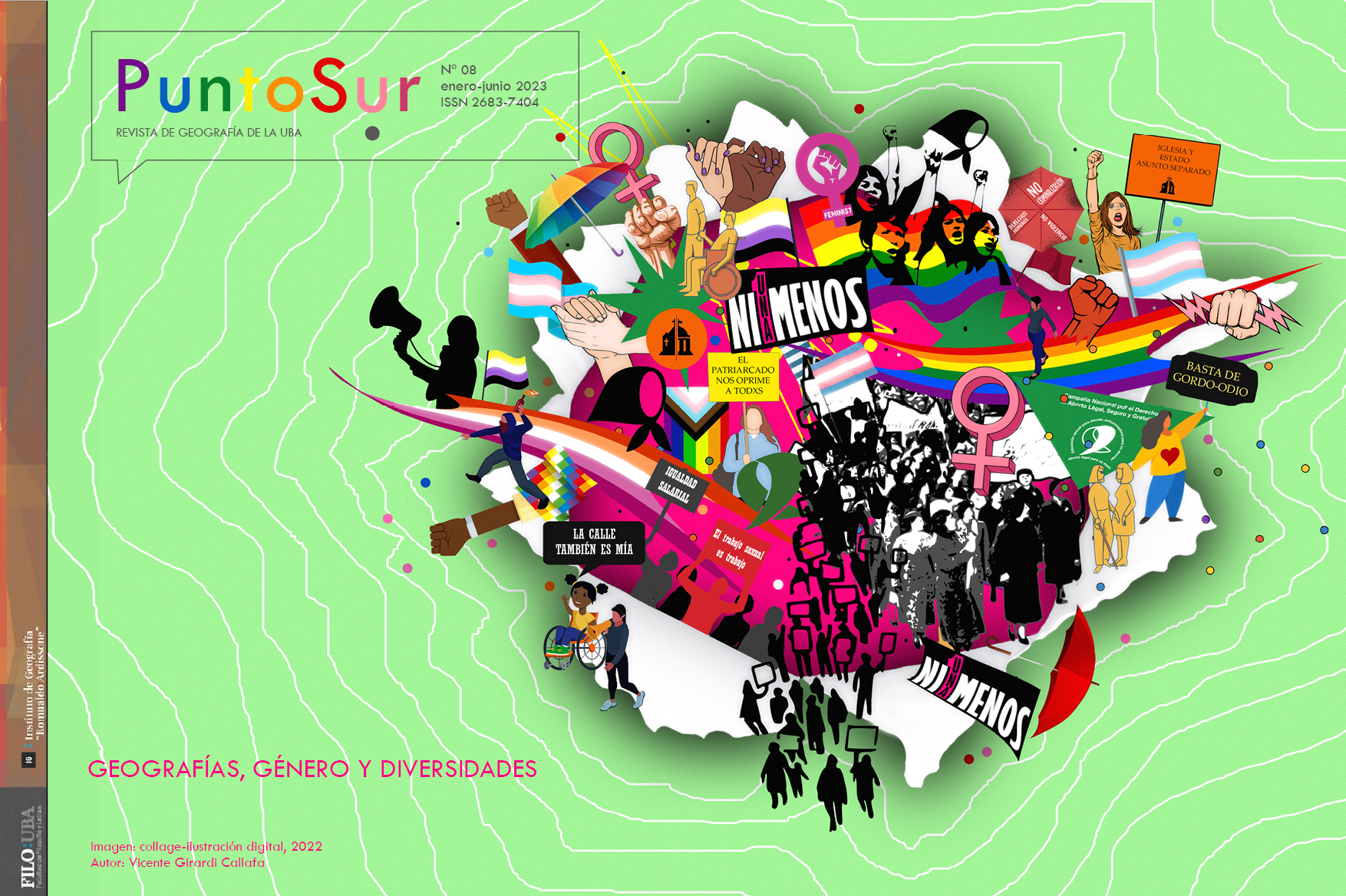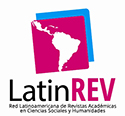Lithic Geopoetics
Notes for an Inhuman Geography from Artistic Practices with Stones in Argentina and Peru
Keywords:
contemporary art, geological turn, technoaesthetics, geopoetics, in/posthuman geography
Abstract
This article addresses contemporary artistic practices that resignify the relationship between human and geology, anthropos and geos, through approaches to the materiality of stones and rocks in coastal areas of Peru and Argentina. I study how contemporary artistic practices activate stone perceptions and lithic epistemologies that challenge the extractive gaze by employing technological and aesthetic elaborations (technoaesthetic) centered on rocks and stones. My analysis focuses on how stone and rock are understood from weaving as a craft technology in Ana Teresa Barboza’s work (Peru), and in Mariana Pellejero’s work (Argentina), who uses frottage and digital sonification. Both works explore new forms of corporeal and affective perception with rocks and stones. Based on theories about the “geological turn” in the humanities and social sciences and inhuman geography, I analyze these artistic practices to contribute to contemporary geographical knowledge combined with geology from situated practices in Latin America. With the aim to question the territorial perceptions imposed by extractive capitalism, this article discusses what I call here “lithic geopoetics” as a notion that describes these artistic practices that engage the materiality of rocks and stones. Lithic geopoetics invites to reflect on how the territory is perceived to open new perspectives in the artistic and geographic field.Downloads
Download data is not yet available.
References
Se sigue el sistema de la revista.
Published
2023-06-30
How to Cite
Castro, A. (2023). Lithic Geopoetics. Punto Sur, (8), 114-138. https://doi.org/10.34096/ps.n8.11751
Section
Artículos libres






















